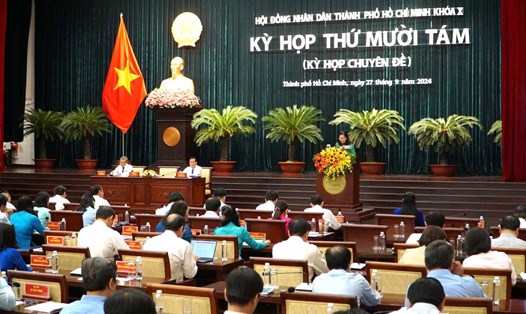The prestigious statistics site on Southeast Asian countries - Seasia Stats - forecasts that Vietnam's economy will rank 12th in Asia by 2025, with an expected economic size of about 506 billion USD. Vietnam will continue to attract foreign investment, especially in manufacturing and electronics.
Like many years ago, Vietnam does not talk about itself, but listens and absorbs objective assessments from outside, in order to make the right decisions for its economic development strategy.
Analysts point to many drivers for Vietnam's growth this year, including exports and public investment. In 2024, exports reached a record of more than 400 billion USD, and are forecast to increase by 9-10% in 2025, with public investment disbursement reaching about 85-90% of the plan, growing by 24-31% compared to 2024.
These analyses and forecasts are entirely reasonable, because Vietnam has made efforts to establish trade cooperation with many countries, opening up new markets for domestic enterprises to have export opportunities. Regarding public investment, a series of transport infrastructure projects racing to complete and start construction this year will create great momentum for growth. More highways and bridges will be completed and put into operation, promoting socio-economic development in regions and regional connectivity.
Regarding attracting investment in high-tech projects, Vietnam has had a breakthrough policy, which is Decree 182, which has just been issued, allowing support of up to 50% of initial investment costs for businesses with research and development projects, semiconductor industry and artificial intelligence. This is an important milestone in the country's high-tech development journey.
Economic experts say this decree is strategic, attracting technology "eagles" so that Vietnam can develop world-class advanced technology centers. This is a strong driving force for development and growth, not just for one year but for the future.
Another great source of motivation is expected to be Vietnam streamlining its apparatus, building a modern public administration with a team of highly qualified and responsible civil servants. The administrative system operates transparently and healthily, which will support and empower businesses to produce and operate effectively.










